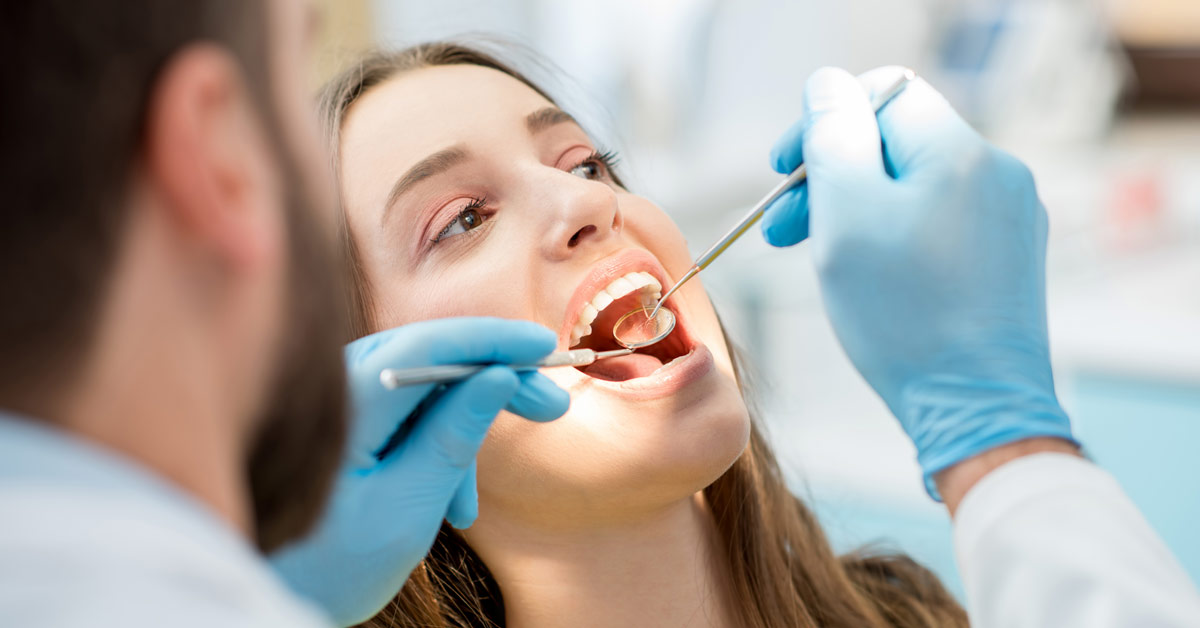
Show of hands. How many of you know your patients would be happier with less tooth sensitivity and a slowing of tooth decay? How many of you also know that patients frequently have a hard time acting on the desire for less sensitivity and decay—instead choosing to forego preventive treatment beyond basic hygiene appointments?
Are your hands raised? We figured they might be.
It’s been widely known for years now that the addition of fluoride to a preventive oral health care routine can help protect teeth from oversensitivity and decay, two of the most common dental health problems people face. This discovery has led to the introduction of a variety of fluoride treatments beginning with fluoride gels and foams.
For a long time, these two treatments were the top choice for dentists to help protect their patients’ teeth. But they are far from perfect. The ease of swallowing them makes them unsafe for use on younger patients. And their application in the office can be messy and uncomfortable. Some take up to four minutes for full effectiveness, which means a lot of time to sit with a bulky fluoride tray in their mouth. And patients who receive them must refrain from eating and drinking for hours after an appointment.
Manufacturers realized that the application of fluoride to patients’ teeth—while extremely beneficial—could also be improved to increase patient acceptance of and comfort during the fluoride treatment. This led to the development of the now well-known fluoride varnish, which offers the traditional benefits of a fluoride treatment with a much more patient-friendly application process.
Today’s fluoride varnishes can be applied to teeth in minutes without messy trays and excess dripping out of the mouth. Plus, they are designed to slowly release fluoride by quickly drying to the patient’s teeth (in a white or clear color to maintain teeth aesthetics) and then remaining on the tooth surface for a few hours after application, during which patients can go about their daily lives—including eating and drinking most foods. In fact, varnishes can continue to release fluoride for up to 24 hours after application, further benefiting the patient’s dental health.
A rinse off gel or foam just can’t compare to the ease, comfort, and effectiveness of a varnish.
And, perhaps the most important benefit of fluoride varnish, is that its dry-on-teeth formula means it’s not easily swallowed. This allows for it to be applied on a wider range of patients, including infants’ (it can be applied on their first teeth) and elderly patients.
Walking patients through the fluoride varnish application process and highlighting how much more comfortable it will be for them can increase the chance that they’ll be accepting of a fluoride treatment as part of an overall oral healthcare plan.

